
We kindly inform you that, as long as the subject affiliation of our 300.000+ articles is in progress, you might get unsufficient or no results on your third level or second level search. In this case, please broaden your search criteria.



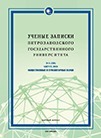
The article is concerned with the problem of constructing a phenomenon of social memory on the example of one historical event – the wreck of the nuclear submarine “Kursk” in the Barents Sea waters. The disaster occurred on the 12th of August, 2000. An important role in the memorialization of the tragic event, which resulted in the death of 118 sailors, was played by the clergy of Murmansk and Monchegorsk eparchy belonging to the Russian Orthodox Church. The erection of the memorial complex, renovation of the local relics, and their popularization in the process of religious education contributed to the strengthening of the local diocese’s position and its leadership role in the Russian Orthodox Church, society, and the state. The undertaken steps also helped to enhance the ties between the Russian Orthodox Church and the Navy of the Russian Federation. The undertaken works on the memorial complex implementation have grown into one of the important factors in the development of the Church infrastructure in the region. The Seraphim cemetery of St. Petersburg has become the central place of remembering the fallen sailors. Liturgical services in memory of the perished submariners are conducted in different cities and districts of the country. The process of veneration manifests itself in the creation of Orthodox memorial objects and conducted memorial campaigns. The article is based on the set of religious and secular sources including earlier published texts and online resources.
More...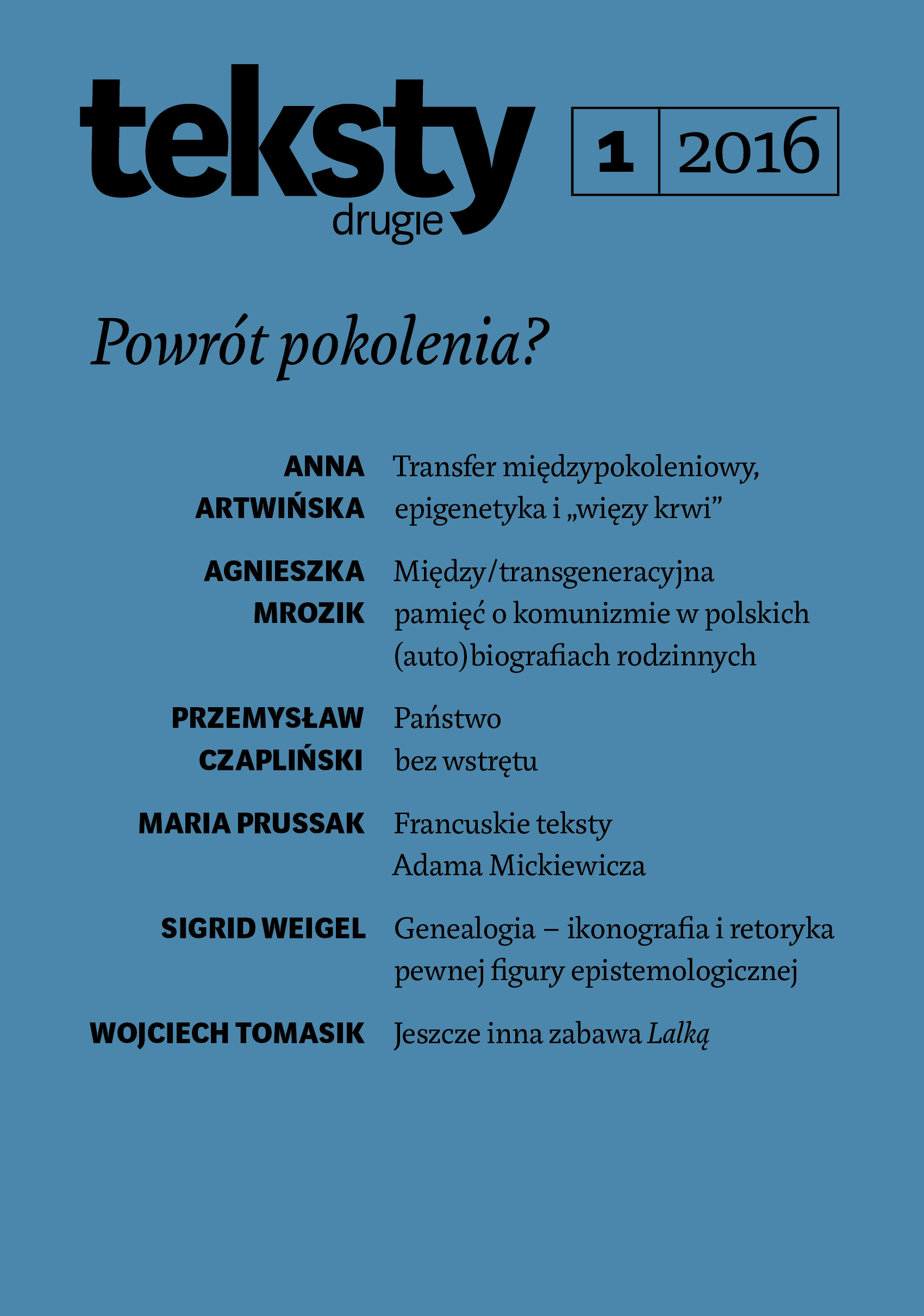
This text portrays the history of genealogy as a history of the concept on the one hand and as the history of a certain scholarly discipline on the other hand. Given the tight relationship between the methods of genealogy and its subject of interest, Weigel leads the reader through the history of European culture, pointing out key moments when the methods of genealogy or the forms of its representation underwent transformation – moments that correspond to historical, social and cultural changes in Europe. The analysis and interpretation of a very popular form of genealogical representation – the family tree – plays an important role in this study.
More...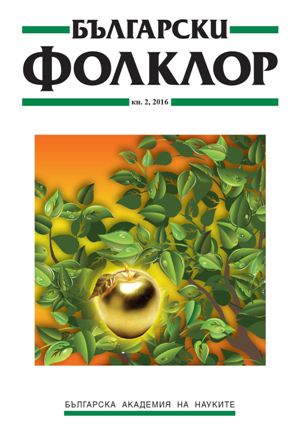
The article discusses the question about the attitude of the Orthodox Church to illness as a sign of broken harmony between the human being and its Creator. Tracing the basic interpretations of bodily suffering in the Christian tradition – as a means of joining the passion of the Christ; as an instrument for the salvation of the human soul; as an evil caused by the Satan but made possible by God, the author comes to the conclusion that the attitude of the Christian theology to the sufferings of the body is ambivalent rather than treating it simply as an ‘ultimate evil’. She also traces the tradition of use of healing prayers in the period between the tenth and the twenty-first centuries as an always actual element of the Christian ritual practices. The text of the so called ‘Cyprian’s Prayers’ is analyzed, too. At the same time its place in the postmodern social context is also outlined.
More...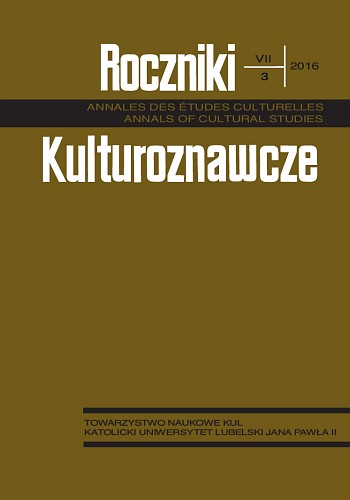
In the world of decreasing natural resources and room for people on the one hand and expansion of ideas, politics and economies on the other, the notions of culture and development have acquired increasing importance. As the world becomes ‘smaller’ due to economic, political and cultural globalization, people have to bridge the differences in the very same areas to find some common ground and ensure progress to the whole mankind. The terms are often falsely counterposed: market is associated mainly with economic sphere, whereas culture is predominantly viewed as an intangible traditional asset. In this sense, the paper seeks to identify the overlap between the ideas of culture and market/economic development, note the conspicuous rise in significance of the former for the latter and trace the role of culture in economic development of nations with special emphasis on the evolution of the relationship in the last decade of the 20th century specifically. Eventually, the paper defines the role of culture in the context of two processes/ideas that are shaping our reality, i.e. globalization and sustainable development.
More...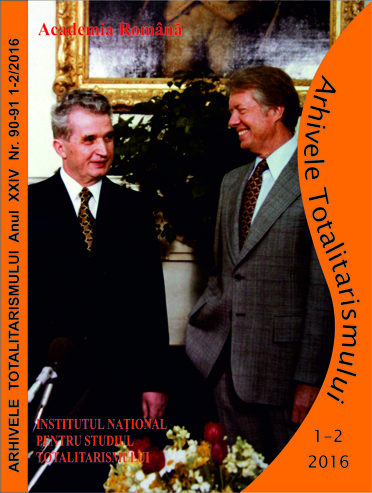
After the fall of soviet regime (all) the prohibites archives were open to historians and Lenin as man and politician was one of the main topics both for historians and readers.There are still a lot of books describing Lenin from a personal, emotional, traditional Soviet point of view, but there is also a lot of unconventional approaches unveiling several episodes in the life of the great lider, so different, unexpected in comparison with the perspective of the official mythology. The paper aims to discuss some of these new aspects revealed both by Russian and western historians.
More...
Since the takeover of the Soviet power in 1925, by adopting an ideology tributary to the Tsarist roots, Stalin succeeded – the signing of the Moscow Pact (August 23, 1939) – to impose his own ‘russocentric’ policy. Through the Molotov-Ribbentrop Pact and the Soviet-German partnership that followed (1939-1941), Stalin managed to create a replica of the Russian Empire at the western borders of the USSR. The extension of Soviet influence in the territories of eastern Poland, the Baltic States, Finland and Southeastern Europe (Bessarabia and Northern Bukovina) meant ensuring a restricted security sphere at the boundaries of the west of the Soviet Union. We believe that, for Stalin, the security of the Soviet state could be fulfilled only through the international political supremacy, an ideal followed by every russian vojdi (leader). In our study we observe whether and to what extent the role of the Russian idea– manifested by the need for supremacy – was decisive in designing and implementing foreign policy directions by Stalin during the Soviet-German alliance (1939-1941).
More...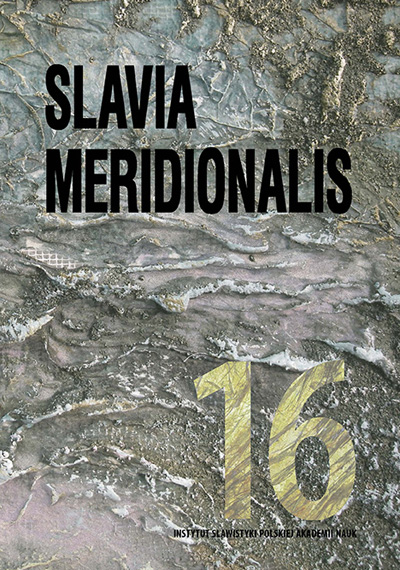
The article examines the first biblical couple as a tool for comparative analysis of the modernist tendencies of Bulgarian novel in the period between the two World Wars. The research focuses on works by Chavdar Mutafov, Anna Kamenova, and Dimitar Dimov, along with examples taken from French and Romanian literary pieces as representatives of the wider, European history of ideas. In the image of Creation, but also the image of the original sin, Adam and Eve are of interest because of their unity, which eventually becomes the basis of the Christian family after they leave the Garden of Eden. The borders of the model given in the Bible are breached with the introduction of a new reading – the figures of Creation can now also be seen as figures of salvation. The knowledge gained by the existing studies of myth in European literature thus becomes the foundation for a revision of the hitherto selective interpretation of works by the Bulgarian novelists. The point of intersection between the different approaches towards the first couple is their arduous integration into the surrounding world, and adaptation to the passage of time. Another prominent feature is the discussion about the possible development of the model; the newly introduced definition of salvation that comes after Creation and the fall of man.
More...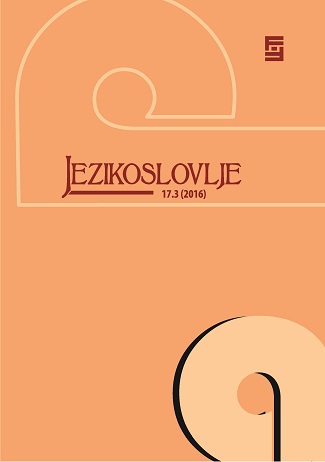
Review of: Gordin, Michael D. 2015. Scientific Babel: How science was done before and after global English
More...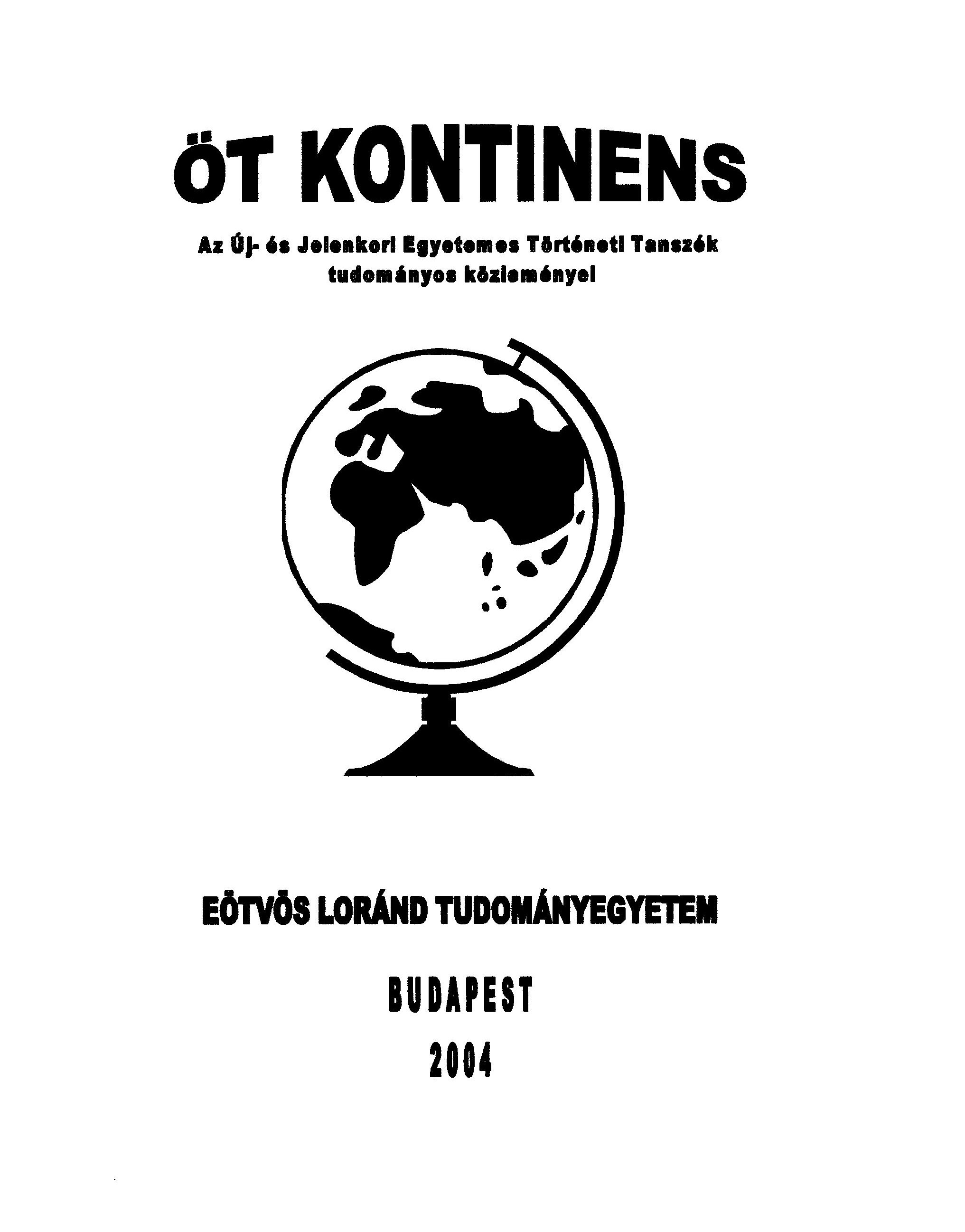
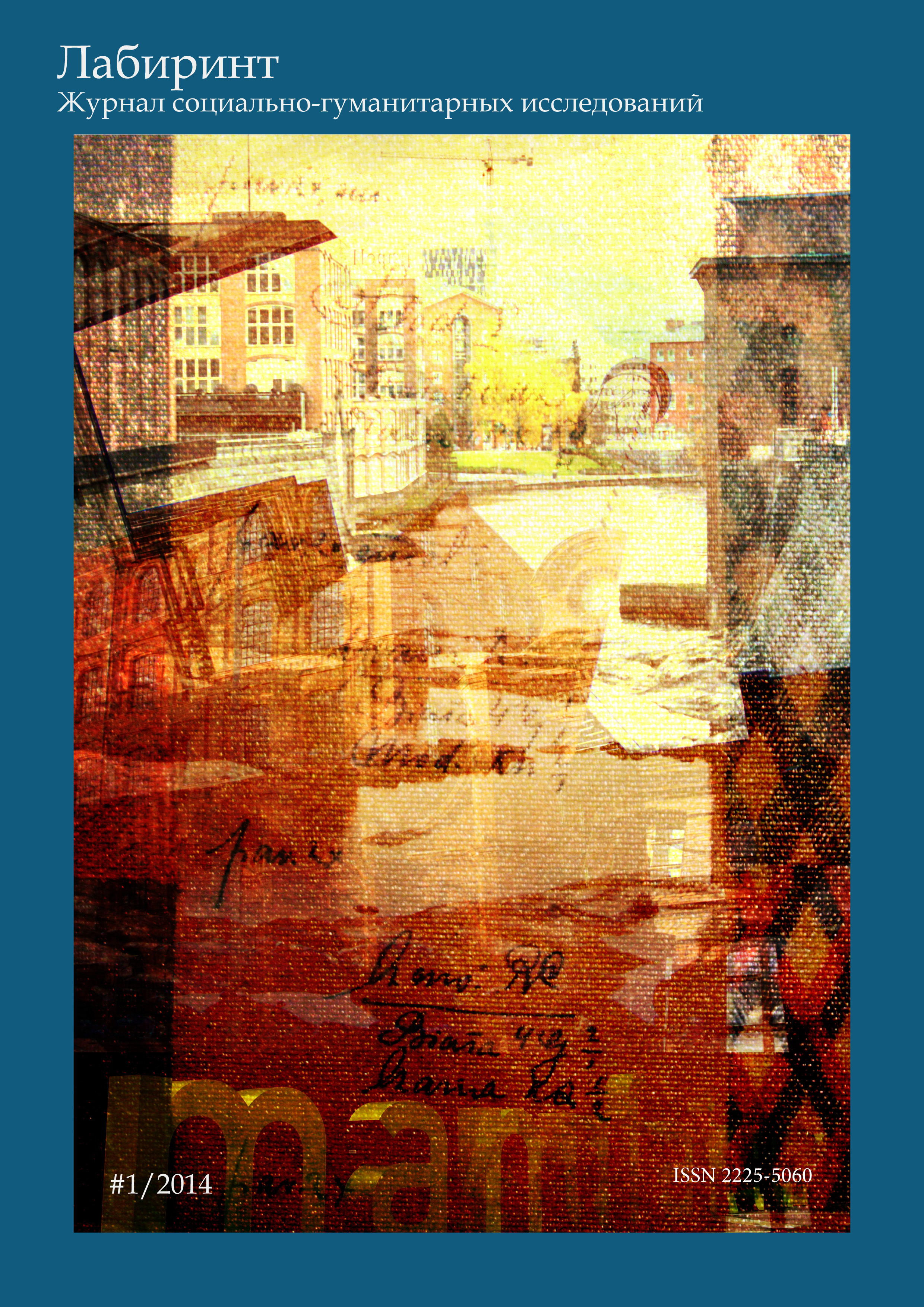
Суровое обаяние индустриальной культуры имеет ограниченный круг адептов. Я, несомненно, из их числа. Стержни возвышающихся над горо- дом труб ТЭЦ, заводов и фабрик, порой скрываю- щиеся за стенами высоток, скрепляют с небом про- странство моего родного города и значительной части остального мира. По звукам локомотивов и нарастающему гулу приближающихся железнодо- рожных составов я сверяю время, оказавшись в лишённой времени моей загородной Аркадии. С неизбежностью мы включены, а порой и за- ключены, в сферу индустриального, и, пока мы не удалились в пустыню, тундру, тайгу или джунгли, где ещё не ступала нога Homo Industrialis, она почти всегда где-то рядом, в пределах досягаемости — её объекты и продукты можно увидеть и услышать, к ним можно прикоснуться и ими можно воспользоваться.
More...
For centuries, the amanat (hostage-taking) institution was an important attribute of diplomatic relations between the Russian state and countries located to the south and east of it (Caucasus, Volga region, Siberia, etc.). This institution existed discretely during the period of 1553–1864 in Circassian–Russian relations, including Kabardian–Russian ones. By the year 1722, the amanat institution was renewed following the rupture of Kabardian–Russian relations that lasted for 25 years. The analysis of Kabardian–Russian relations on the eve and during the Persian Campaign undertaken by Peter I was carried out in this paper on the basis of the documents introduced for the first time into scientific circulation. The archival materials made it possible to reveal previously unknown aspects of the strategy and tactics used during the Persian Campaign of 1722. First of all, they concern the role of Kabarda in the Caucasian policy of the emperor and the amanat institution in bilateral relations during the 1720s, as well as the influence exerted on Kabardian–Russian relations by the renewal of the diplomatic amanat institution.
More...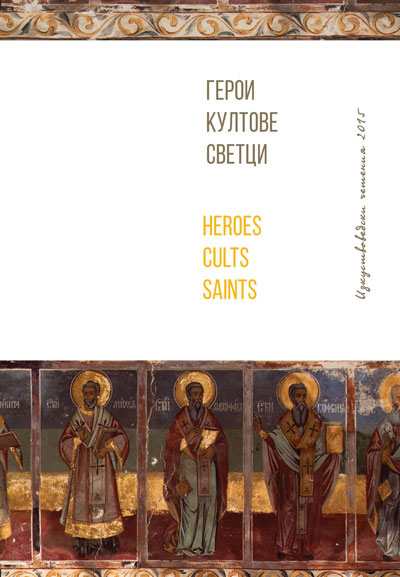
The article discusses the possibility of the existence of images of St Parascheva of Epivates (St Petka) with wings. The question came up in connection with an image from St Petka Church (1636) in the city of Vidin, Bulgaria, which has been previously wrong identified by the author as winged St Parascheva. In order to clarify the problem, a brief survey of the development of the saint’s imagery is made with special attention to 15th and 16th century examples kept today in Polish and Ukrainian museums. Some details concerning the earlier stages of the visual aspect of St Parascheva’s cult are examined and a correction is made concerning the image from the church in Vidin and another image from St Petka Church (1580) in Trnava, Serbia, which was indicated in the literature as an image of St Parascheva with wings. As a result of the research it is established that to represent St Petka with wings has not been a common practice in Orthodox art. The one and only instance of the winged St Parascheva, known to the author, comes from a much later epoch, being represented in the 19th-century paintings of St Constantine and Helena Church (1865) in the city of Plovdiv, Bulgaria, but it remains an exotic exception even in the practice of those times. The hypothetic image of St Parascheva with wings is juxtaposed to the image of the winged St John the Baptist, which became something habitual in Orthodox art, on the basis of some common connotations of their images revealed in hagiography and hymnography. In addition, the text includes some considerations on the factors that trigger the emergence of a certain iconographic type and on the mechanisms of visualization of hymnographic motifs in medieval art.
More...
From our writings one should not reach to conclusion that we are against thoughts (ideologies) and we are defending the notion of ideologies are collapsed. Every person with some degree of knowledge, who reads and writes would certainly develop a thought system of her own, and she should. But the Gödel Theory shown that any single line of thinking is not able to summarize final and ultimate truth. And thus revealed the humanity would not stop at a final destination but would always accumulate knowledge throughout the future which would create new questions and searching for answers to them continuously, in the process developing new thinkings and evolve.
More...
Ottoman Empire that was containing different ethnic structures suffered major damages to due the nationalism movement that began both in the Balkans and in the Middle East in the aftermath of the French Revolution of 1789. The Arabian met with the idea of nationalism firtstly in Lebanon via a number of Arab Christian authors and philosophers. Ibrahim el-Yazıcı and his colleagues who are known as one of the pioneers of the idea of this movement called as "The Arab Literary Renaissance" tried to spread their ideas with essays and poetry in various journals they issued. In this study, with the aforementioned poet’s brief biography, some examples associated with Arab nationalism in his various poems will be given.
More...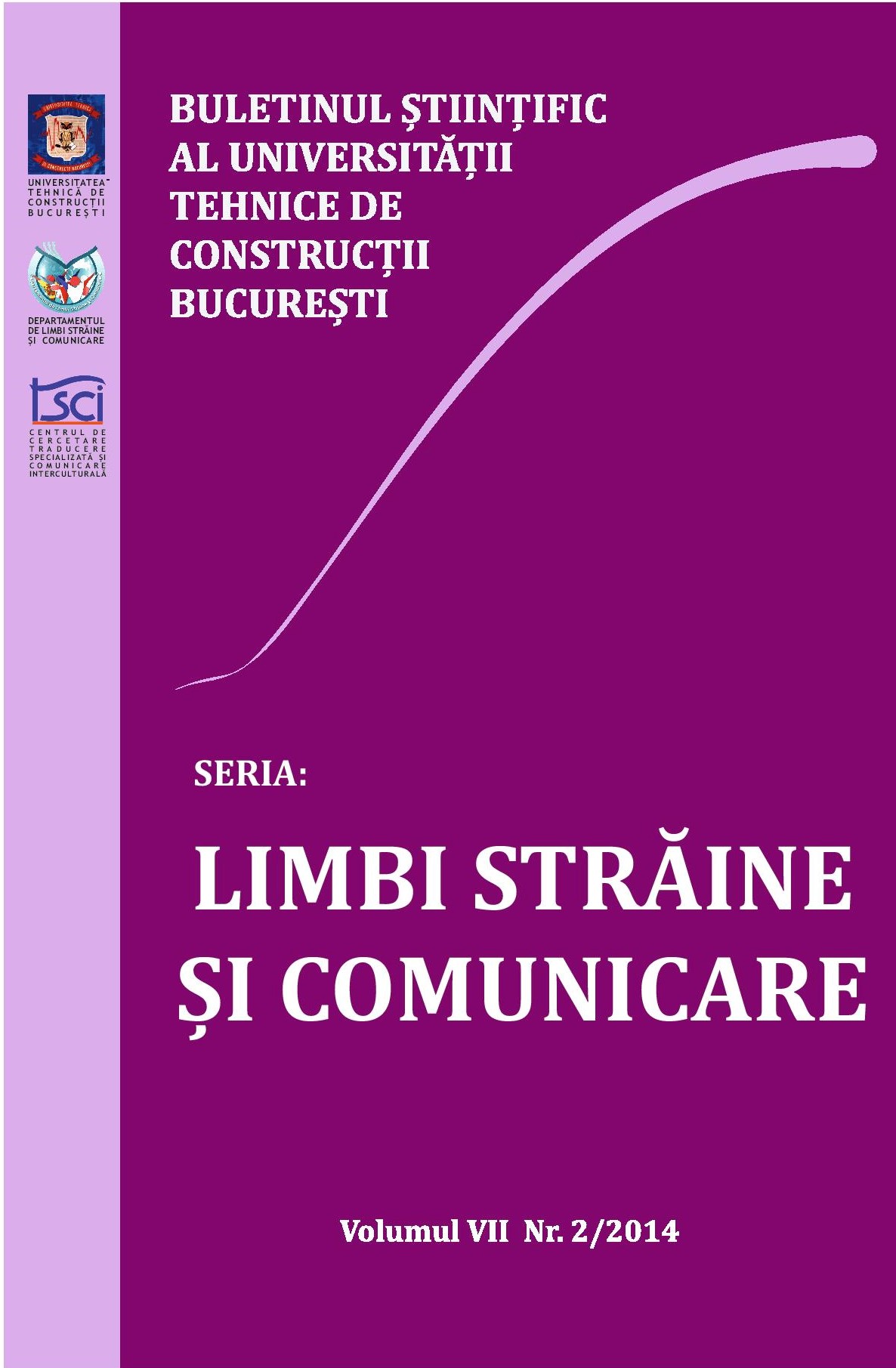
A politician’s discourse is shaped by both the ideological position of his party as well as his views of the world and his style interpreted as a way of being. Styles reveal identities and, in their turn, identities influence the political discourse, making it more accessible, more in tune with the position of the general public or more abstract, more remote. As a politician, Tony Blair has carved a particular style, an interesting mix of features that aims to, and often seems to reveal both the public individual and the private person. Unlike Margaret Thatcher who, in her own words, was a conviction politician, Blair claimed to be a consensus politician, able to bring together both Left Wing and RightWing values in a discourse of reconciling themes.
More...
IX – XV yüzyıllarda Orta Asyanın kültürel gelişme seviyesi Batı Avrupa ülkelerinden üstün olup, bu devrin Türk halkları için Uyanış Çağı olduğu tarihten malumdur. Özellikle X – XII yüzyıllarda Orta Asya ile Kazakistan halklarının dili ve edebiyatının büyük çapta gelişmesindeki yeni yükseliş, müslümanlar için “ilerleme devri” olmuştu [1, 4]. XI – XII yüzyıllarda Karahanlı devletinin güçlenmesiyle birlikte kültür ve edebiyat yeni bir gelişim seviyesine yükseldi. XI yüzyılda Türk İli – Türkistanın kültürel gelişme seviyesinin daha üstün olduğunu gösteren yadigarlar az değildir. Bu asırlarda yaşamış olan baba Türkler gelecek kuşaklarına çok büyük edebikültürel miras bırakmışlardır. Türklerin manevi-kültürel ve tarihi geçmişinde bu yüzyıllarda yaşamış büyük düşünen fikir ve ilim sahipi şahsiyetler, şairler ve dil uzmanları Türk edebiyatının yükselişine, gelişine ölçülmeyecek kadar emek harcamışlardır. Şöhreti dünyaya yayılmış El-Farabi, Ahmed Yükneki, Yusuf Balasağunlu (Has Hacib), Mahmud Kaşgarlı yapıtları o devirdeki ileri fikrin yüksek zirveleriydi. Ta o zamanlarda “Türkçülük” bayrağını yükselten bilginler, öz yapıtlarıyla dünya edebiyatının ileri gelen şahısları tarafından iyi tanılıyordu.
More...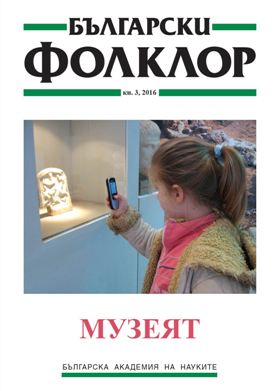
The article presents and analyzes the relationship between ethnology and missionary work in the sphere of empirical studies implemented by missionaries and the collections of objects created by them as a result of the study of "exotic cultures". The author raises questions about the possible uses of the collections in modern times overcoming aesthetization by exposing and presenting these objects with a view of their importance in the context of the respective culture.
More...